In the wild areas on our planet, trees, bushes, and grasses grow on ground that has continual additions of new layers of dead and dying plant matter. Leaves fall from trees and shrubs, grasses dry in the summer: these materials cover the soil and gradually decompose. No Till gardening takes its cue from this natural process. There's no double-digging. No bi-annual rototilling. No weed pulling.
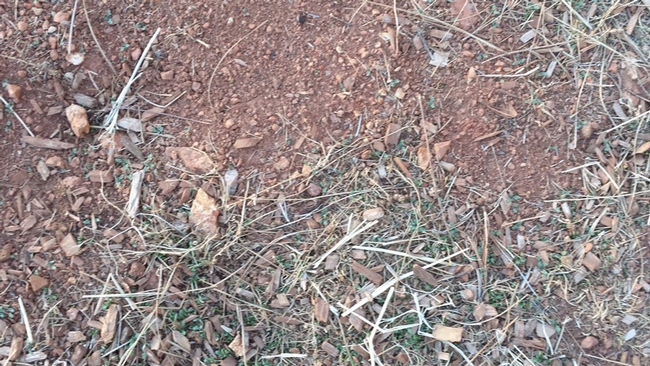
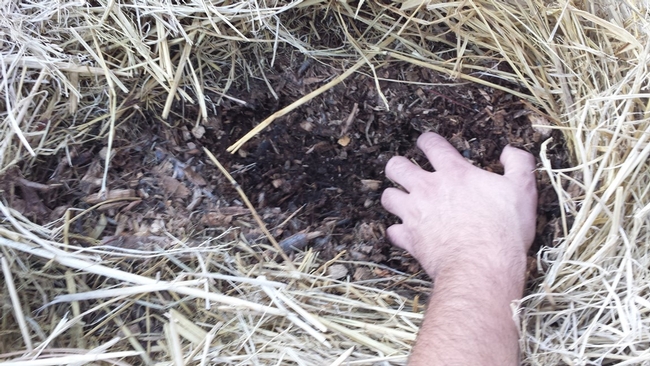
Soil is inhabited by billions of microscopic organisms. It is this abundant life, attracted to the sugars put out by plant roots, that creates a mutually beneficial feeding relationship with plants. Breaking up the soil by tilling, digging, or weeding disrupts these vital organisms.
No Till aids the soil's ability to retain water. The roots of previous weeds and other pre-existing plants create pathways for water to penetrate and be stored in the soil.
When you avoid tilling you'll have fewer weeds in your garden, since tilling brings weed seeds to the surface where light signals them to grow.
A No Till garden requires less work on the part of the gardener. Ultimately, a No Till bed will need less weeding, less watering, and less digging.
There is no need to wait before planting in a No Till garden – you just plant on top of the decomposing plant life.
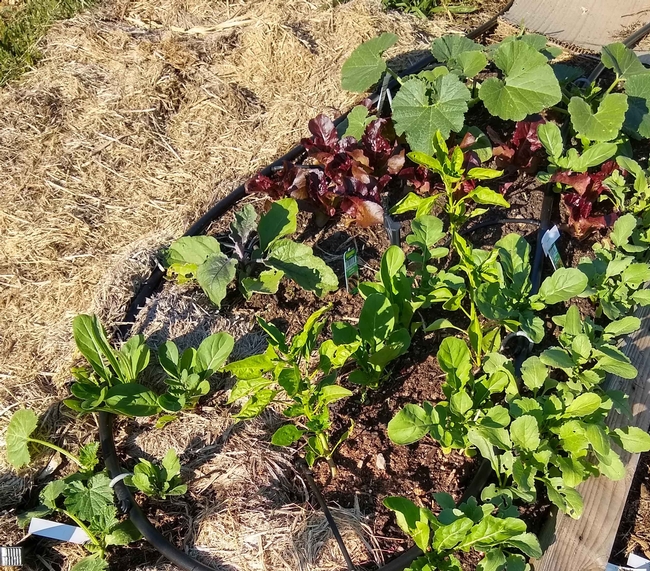
There are several different approaches to creating a No Till garden. The simplest method is described here.
Materials you will need:
- Cardboard (with tape & labels removed) or newspapers (newsprint only – no colored ads or glossy pages).
- Compost, well-aged manure, worm compost, or organic soil mix. Organic blends are a little more expensive but they will do a better job of supporting the growth of your subterranean microbes, which help your plants get the nutrients they need for optimal growth and resistance to pests and diseases.
- Plants and seeds.
- Mulch (wood chips, straw, grass clippings, or pine needles).
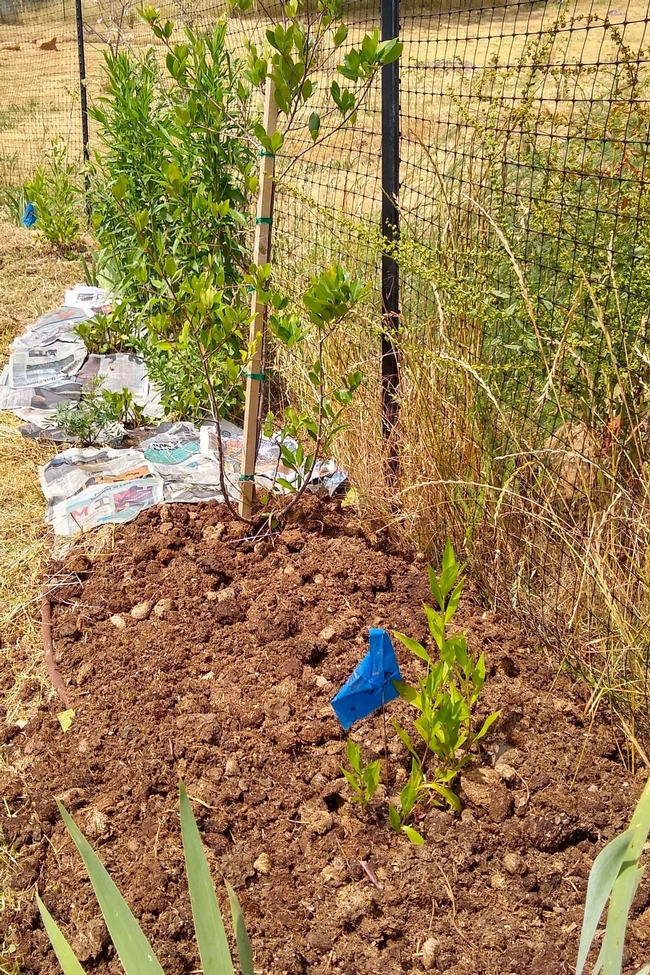
- Select a sunny site. Think small. Two 5 x 10 - foot beds can grow a lot of produce. Even No Till gardening can get overwhelming if you take on too much.
- Cut existing vegetation to the ground and water the area well. Avoid burying large clumps or a thick layer of fresh green vegetation under a compost layer. Anaerobic decomposition can be detrimental to root growth.
- Apply a 4-to-6- inch layer of a well-composted mix. Well-aged horse manure (often available free from stables), plus worm compost makes a terrific mix. The City of Chico Compost Facility on Cohasset highway (currently closed due to COVID-19) sells finished compost that can be mixed with an organic soil mix or worm castings as another option.
- Cover the compost layer with overlapping pieces of cardboard, or 5 to 10 thicknesses of newspaper (overlapping them by one-third). Dousing the sheets of newspaper in a bucket of water will help stabilize them.
- For large deep-rooted plants (like tomatoes, peppers & eggplants) cut a circle in the cardboard or newspaper. Scoop out soil, add 2 to 3 shovelfuls of compost mix, and plant. For shallow-rooted vegetables or flowers, cut an X to open the cardboard or newspaper and plant smaller plants.
- Water well.
- Cover the bed with 4 to 6 inches of mulch. This will weigh down the cardboard or newspaper, prevent soil from drying out, and keep light from activating weed seeds. It also looks attractive.
- Install a drip or micro-sprinkler system or make a hand-watering schedule. Plan to water your No Till bed daily for the first week. Gradually taper off to every 3 to 5 days.
- Repeat! When a crop is finished, cut it to the ground, add compost, tuck in new plants, and mulch heavily.
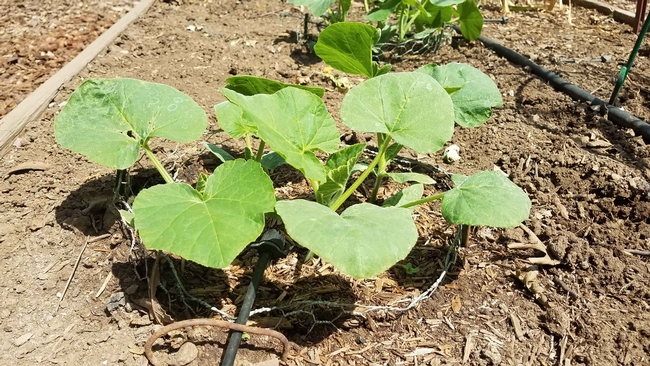
Plants love the even moisture and lower soil temperatures created by No Till and mulch. Give it a try. Your microbes and your back will thank you.
For inspiration, browse the California State University, Chico Regenerative Agriculture website. For specific vegetable planting times, see our Planting Guides for the Chico Valley Area and for the Foothills.
The UC Master Gardeners of Butte County are part of the University of California Cooperative Extension (UCCE) system. To learn more about us and our upcoming events, and for help with gardening in our area, visit our website. If you have a gardening question or problem, call the Hotline at (530) 538-7201 or email mgbutte@ucanr.edu.